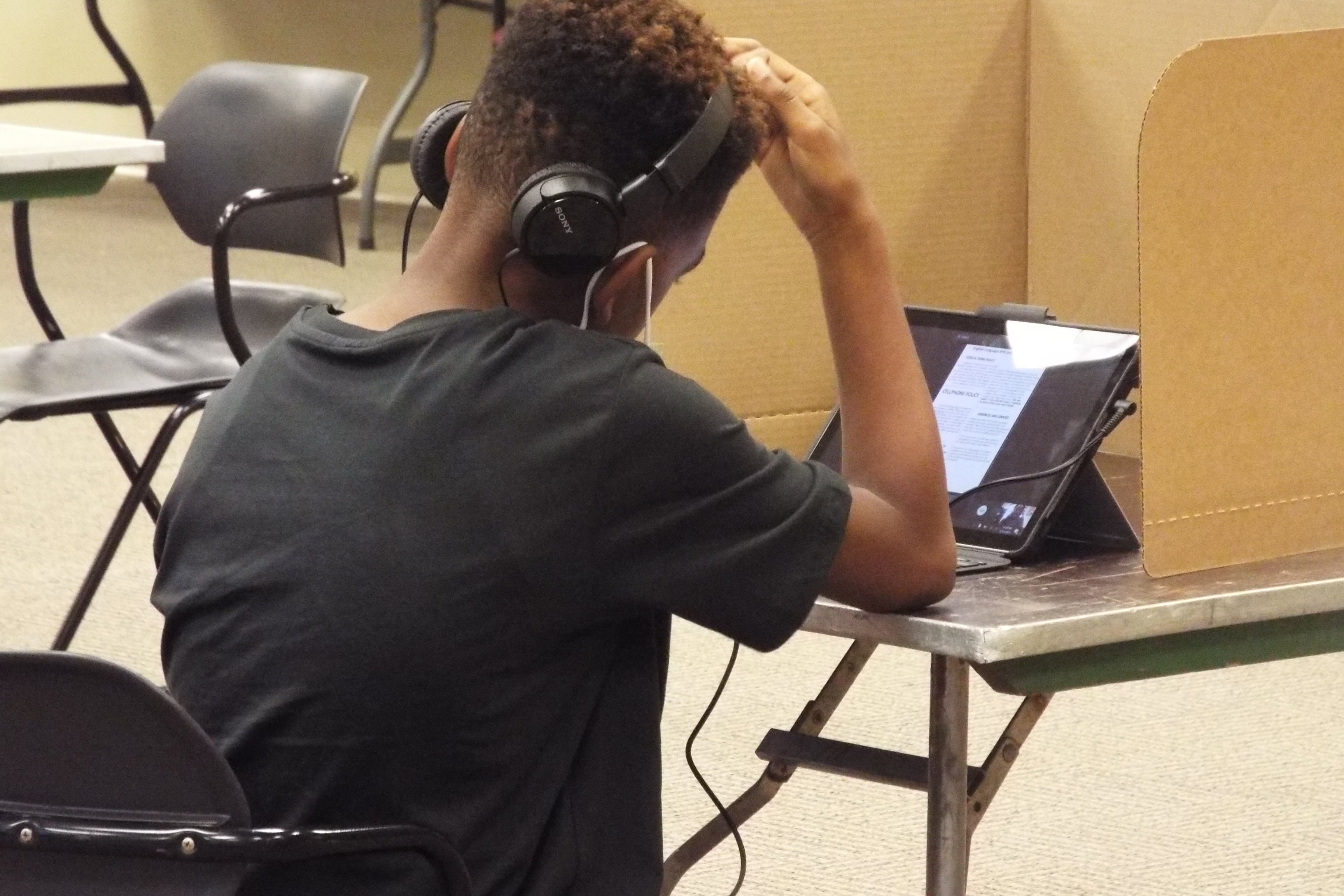Tanvir Kaur, a high school senior in Queens, found herself participating in a scheduled remote learning drill on a day off from school. Despite being prepared for prom, she logged into her AP economics class to find herself the only student in attendance.
Background of the Drill and Previous Failures
The Education Department of New York City organized this drill to assess the readiness of its remote learning platform, which previously crashed during a snowstorm in February. The incident highlighted significant issues with the platform’s capacity during high-demand periods.

Thursday’s drill was designed to test the city’s ability to handle a large number of simultaneous logins. Students were invited to participate at different times based on their grade levels to avoid overloading the system. However, participation was sparse, with many educators reporting low attendance rates among their students.
Community and Educator Responses
Educators like Abby Loomis from P.S. 414 in Brooklyn noted that only a fraction of her students participated in the drill, while a Manhattan elementary school principal highlighted that less than 25% of their students logged in. This low participation raised concerns about the effectiveness of the drill in preparing for future remote learning needs.
Challenges and Criticisms
Many families and educators voiced logistical challenges and criticized the timing and organization of the drill. Leslie Hayes, a Brooklyn mom, expressed frustration over the additional burden of participating in a remote practice day amid already challenging circumstances. Students and parents faced technical and communication issues that prevented them from participating effectively. Some, like Kaliris Salas-Ramirez, a parent in East Harlem, felt that the instructions were not clear or timely enough to facilitate their participation.
Evaluation and Future Plans
Department officials did not declare the drill a success and acknowledged the ongoing challenges. They emphasized the need for continued testing and improvement of the system’s capacity in collaboration with IBM. Gerald Ardito, a dean and professor at Manhattanville University, raised questions about the timing and effectiveness of the drill, suggesting that testing on a day off might not accurately reflect the system’s performance during a regular school day.
The Road Ahead
The Education Department plans to review the findings from the drill and incorporate them into future emergency preparedness strategies. The goal is to ensure that the system is robust enough to handle any future need for remote instruction effectively.

This exercise serves as a reminder of the complexities involved in remote learning technologies and the ongoing efforts required to support effective teaching and learning in New York City schools.
